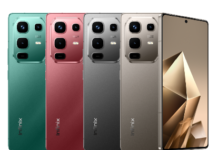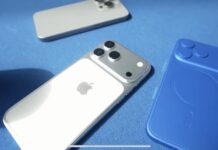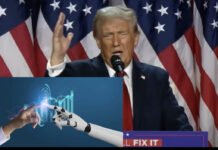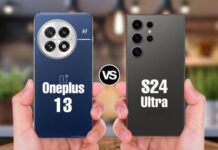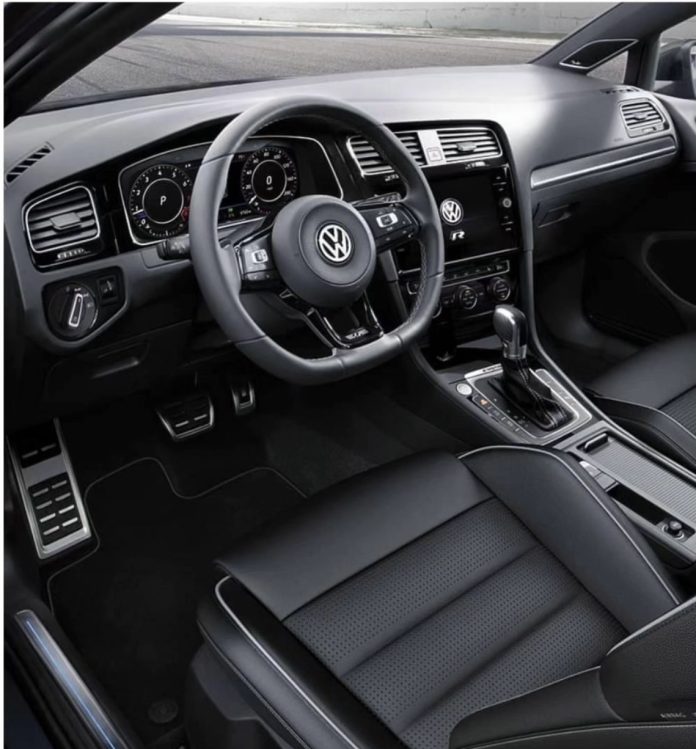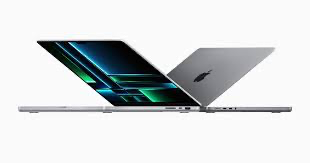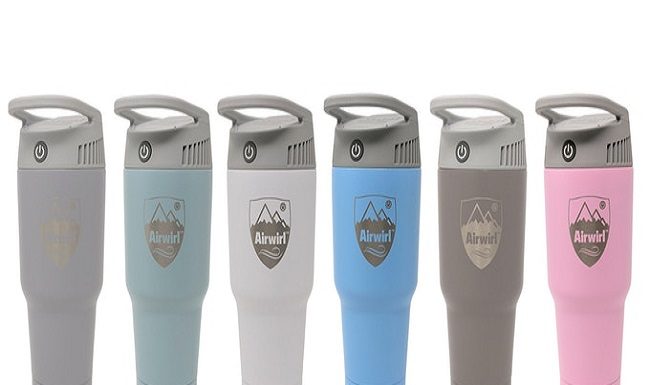Volkswagen, a pioneer in automotive innovation, is set to revolutionize the driving experience by integrating OpenAI’s ChatGPT into its vehicles. The automotive giant has announced plans to introduce this cutting-edge conversational AI in its cars, starting with Europe and the US by mid-2024.
The decision to integrate ChatGPT into Volkswagen vehicles marks a significant leap forward in the intersection of technology and automotive design. By leveraging OpenAI’s advanced natural language processing capabilities, Volkswagen aims to foster more intuitive and natural interactions between drivers and their cars.
One of the key benefits of integrating ChatGPT lies in its ability to understand and respond to human language in a contextually relevant manner. Drivers will be able to engage in fluid conversations with their vehicles, providing commands, asking questions, and receiving responses that go beyond traditional voice-command systems.
The adoption of ChatGPT aligns with Volkswagen’s commitment to enhancing user experience and safety. By introducing a conversational interface, the company aims to minimize distractions for drivers, allowing them to focus more on the road while still accessing necessary information and controls effortlessly.
Furthermore, the rollout of ChatGPT in Volkswagen cars is expected to contribute to the development of more personalized driving experiences. The AI system can learn from users’ preferences, adapt to their conversational style, and offer tailored recommendations, creating a unique and enjoyable journey for each driver.
The initial launch in Europe and the US underscores Volkswagen’s strategic approach to gradually implement new technologies in key markets. This phased introduction allows the company to gather user feedback, fine-tune the system, and ensure a seamless integration into diverse driving environments.
As the automotive industry continues to embrace AI-driven advancements, Volkswagen’s move to integrate ChatGPT positions the company at the forefront of innovation. This not only enhances the brand’s appeal but also sets a new standard for in-car technology and user interaction.
What do you think?
